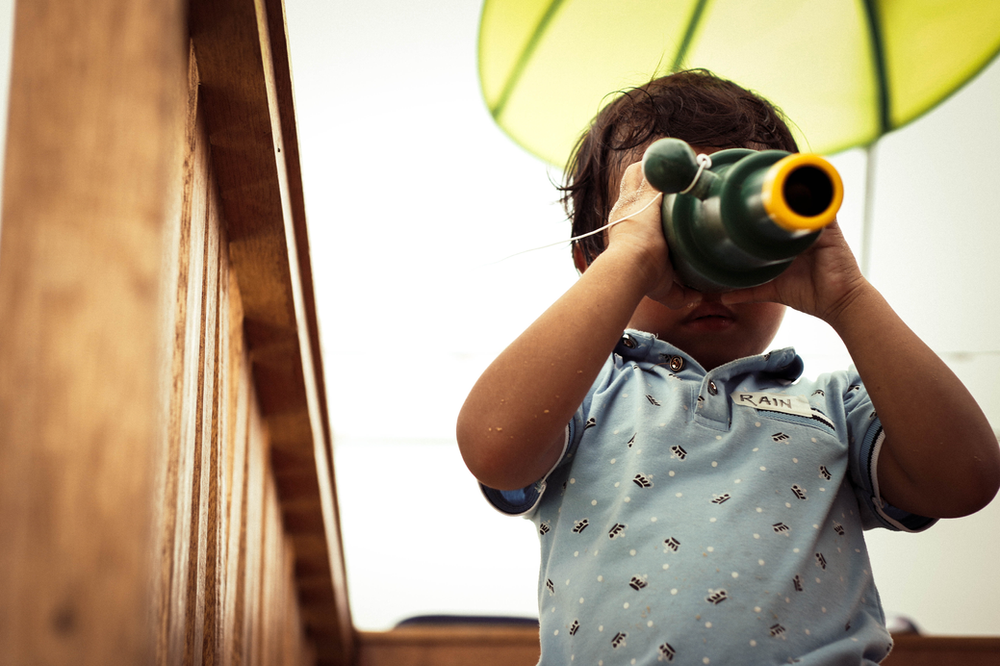
If you think of school as a place in which children are all lined up in their desks or sitting around the same circle, staring ahead at the teacher and doing the same thing, you may be surprised the first time you visit a Montessori school. Children are scattered around the room, some at tables with a friend or two, some on the floor working at a small carpet, some standing at a countertop, some sitting in a loft looking down on the environment. Many work with other peers. And some are alone.
Some are alone. That's ok.
When children choose to work alone in Montessori classrooms, it's almost always by choice. Indeed, the freedom to interact (or not to interact) is a protected freedom in these classrooms, reflecting what we know about how children grow, learn and process information. For parents, observing their child working alone, moving through the classroom without stopping to chat with other children or seeming to watch their peers from a step or two away, this may seem like a problem. We often presume that the happiest children are the ones who are in the middle of a pack of friends, playing gregariously. Sometimes they are. But not always. A predictable developmental trajectory predicts social growth for many children, moving from interest purely in their own bodies to a preference to work near other children engaged in similar work, to a preference to work with other children on shared activities, and finally to choosing friends based on their personalities regardless of the activities they share. But even within this predictable sequence, children will have their own preferences and paces. Some children thrive in environments that allow them to watch and process from afar, and a child who looks like they're disengaged from the rest of the class may actually be observing it quite carefully from a safe distance, learning about rules and personalities in a way that support they feeling safe to engage at their own pace. Other children may want the company of a group of peers to bounce ideas off or explore alongside. Whichever route is most appropriate for your child (and it won't necessarily be the same one every day!) the Montessori classroom makes space for it.
By allowing children to work together in small groups on shared projects, social children can learn from and with each other. While they may be working on a complicated math problem, they're also sorting out each other's differences, problem solving together about far more than the math concepts in front of them. By allowing children to work alone on projects or lessons they have chosen independently, children can move at their own pace, focusing on the work in front of them or watching other children around them and integrating what they observe into their understanding of how the world works. Children need both experiences. When the opportunity to interact (or not) is determined by the child, it's also more likely to match what that child needs at that moment. This is key to Montessori: children's needs are met at the moment they are needed by the actual child, not in some abstract prediction for what "all three-year olds" need or "all eight year olds" need. The flexibility and responsiveness of the prepared environment, including the careful observations and interactions with the teacher, support children's individual development – all children, wherever their development leads.
#Freedom #Socialization #General #Theory #ForParents #ForTeachers
